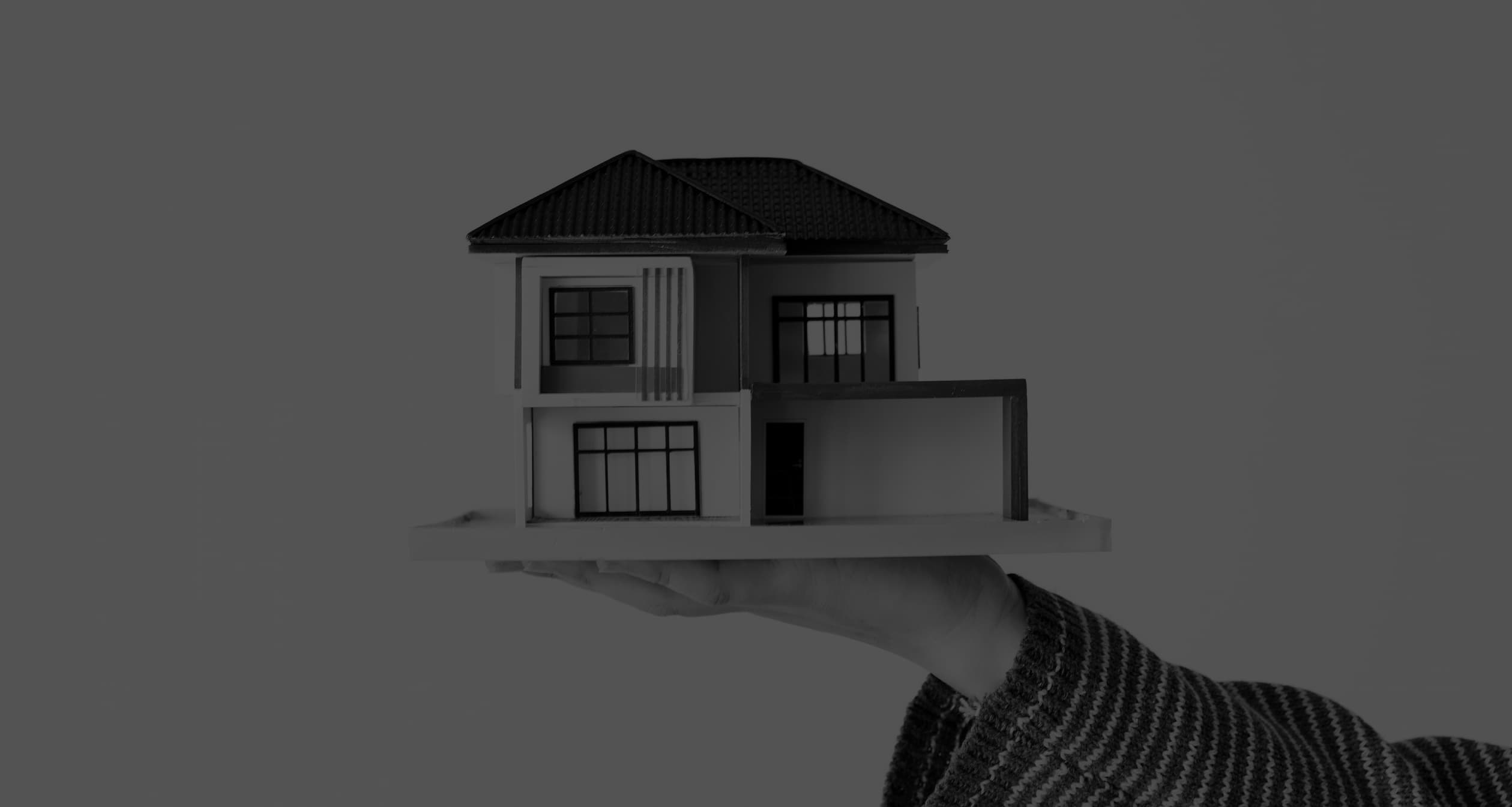When it comes to insurance claims, often times the submission of a claim can be a tedious process. Part of what slows the process down and hinders the finality of a claim can be attributed to the following factors:
- The lack of information presented.
- The incorrect information or omitted information that is presented.
- The lack of detail included in the quotations and report provided.
- The claim form being incomplete or being completed and not signed.
Whilst we know this task can be daunting and the process (not yet paperless) can require a lot of information being requested, it is important to note that NO insurer will decide on any claim when the information is incomplete or not made available. The claim will be delayed until such information has been provided. This means that every bit of information must be presented so an informed decision can be made.
What can you do to expect the fastest possible response on a claim?
- Complete the claim form with all the details required as well as ensure it is signed and dated.
- Make sure you take photos of all damages caused by the event and present these photos with your claim documentation.
- When a repair/replacement quotation is obtained, make sure the quotation is detailed including:
- Details of what is needing to be repaired/replaced.
- The quantity in square metres of the area/items that needs to be repaired is represented.
- The pricing per square metre as well as the total cost (inclusive of VAT where applicable) should be reflected on this quotation. Note: This is for the contractor to put in place; however, it is wise to advise the contractor of what information would be required from the outset, again to speed up the process.
- Where a report for the event/proximate cause of the damages is required, this needs to be detailed and specific. Specific means the cause must be represented clearly, the proximate cause is explained in detail and as much information is presented as possible.
For example: If it was a burst pipe, then the detail would state that the pipe had burst due to the increased pressure by the council or that the pipe had burst due to a contractor that was working at the complex, contacting the pipe with their pickaxe.
- When an invoice is presented, it is best for the invoice to be detailed and include as much information as possible.
- In the case of a geyser claim, the old geyser that is being replaced details must be represented for example Make, Model, Size, and Code. This applies to the new geyser being installed as well.
- If it is for the repair/replacement of an area, for example the ceiling or cupboards, then a breakdown of the area being repaired/replaced needs to be presented as well as the costing per square metre.
- It is important to note that none of the repair/replacement work of items should be completed before the insurance company has made their decision and presented it to you, as this could prejudice the insurer and cause them to repudiate(reject/decline) as they did not have the opportunity to assess the damages.
There are events one can have attended to immediately. For example, a geyser that needs to be attended to, or a burst/leaking pipe, however the water damage caused by this event cannot be attended to until the decision from the insurer is reached. Should the unit be flooded the excess water may be removed as well as the underfelt where there is carpeting installed. However, the salvage/damaged items must always be kept for assessment as this affords the insurer the opportunity to have a detailed look at the damages if required to do so.
If any additional information or clarity is required, then please contact us on insurance@tibrokers.biz
There are other factors that can contribute to a delay in the claim:
- Where an assessor is appointed. This will automatically slow the claim down as the assessor will need to come out to the property to assess the damages. Following this appointment, they then take time to put all the information together to draft their report and present it to the insurance company with their decision. This decision is often presented to the insurer’s management team to sign off, which could cause and further delay in finalising the claim.
- Where alternate quotations are required. The insurer may request an alternate quotation to establish if that which has been presented is competitive and in line with the industry standards.
- Where additional information is required. Dependent on the claim, the insurers may require additional information to be presented to finalise their decision. For example, with a water loss claim, additional water consumption invoices for the complex, for a loss a rental/alternate accommodation portion of a claim they may request a lease agreement or confirmation of the rental/bond payments for the unit.
At times, the insurers may be slow to respond to claims dependent on the time of the year and the insurer that has been engaged on this claim, however, with all the information being presented this can help in getting the claims finalised as quickly as possible.



